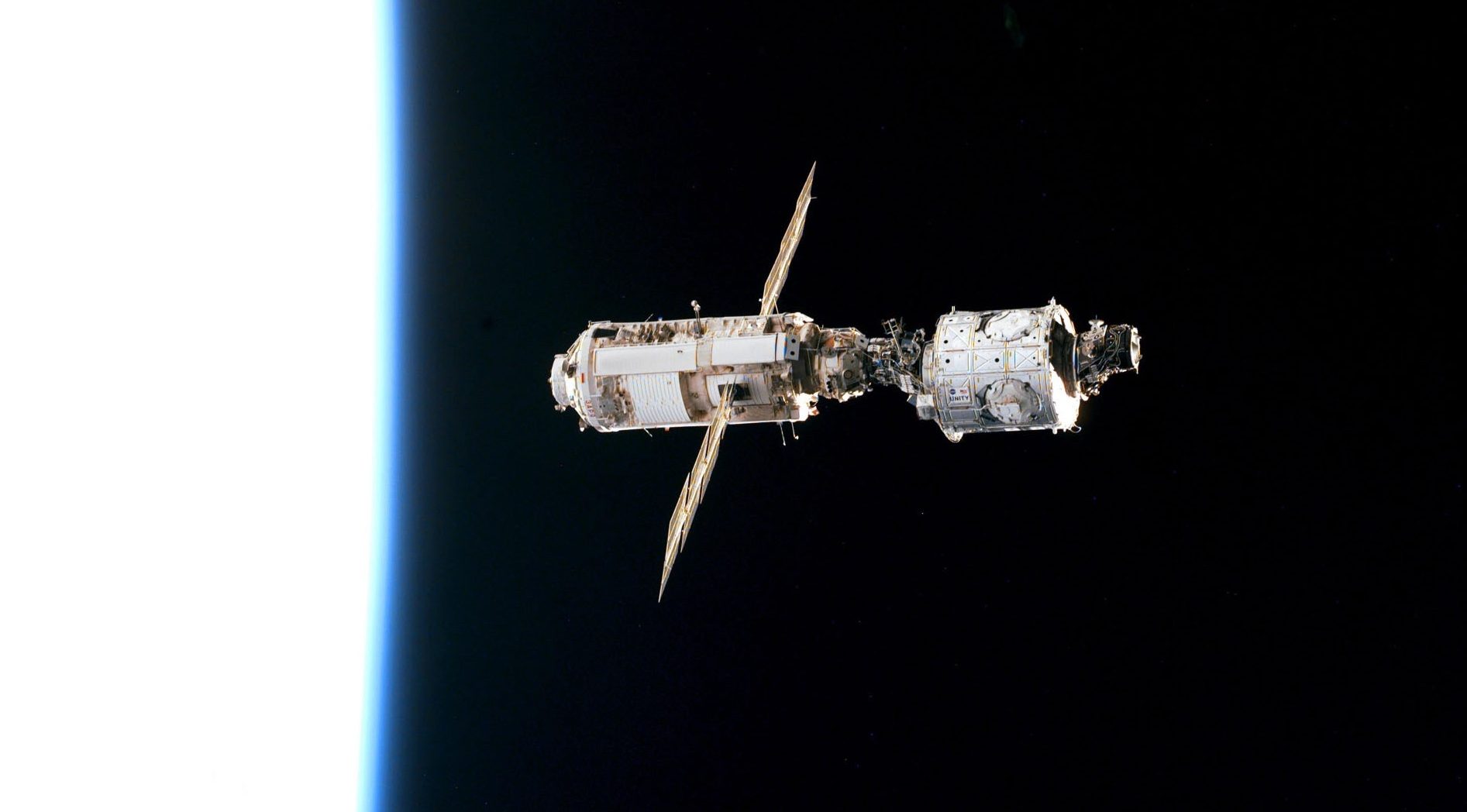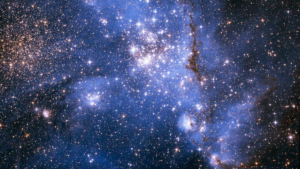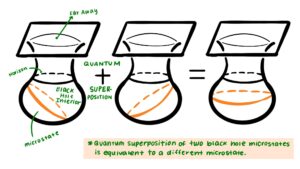To be honest, I believe in the future of space colonization because I want to believe in it. It’s romantic. It’s an adventure. This is cool! Also, in the worst case scenario, it’s the way to preserve species in case we destroy the Earth – deus ex humana to save ourselves, even if under the circumstances we might not deserve it. I strongly support the Artemis missions and the Gateway project, which could begin building a space station in lunar orbit by the end of the decade and a manned mission to Mars in my lifetime. I dream of what is beyond because it is good and healthy to dream. There are countless technological obstacles along the way that are worth tackling for their own sake: We advance scientifically by determining which challenges can be overcome.
But what if certain challenges are not obstacles but obstacles, and not technological but biological? If the problem is not what we can build, but what we are? It would be a huge blow to the future hopes of a space diaspora if the obstacles were not related to time and distance, but to the basic weaknesses of the human body. We have long known about the harmful effects that spaceflight can have on the human body: bone loss, anemia, weakened immune systems, higher risk of cancer, the list goes on. Some problems are caused by microgravity; others from the background radiation of space—NASA estimates that astronauts are exposed to the equivalent of up to 6,000 chest X-rays. Astronauts in low Earth orbit, where the International Space Station is located, are partially shielded from this radiation by Earth’s magnetosphere, but even they suffer the effects.
Add to these effects a potentially pernicious one: Space is screwing up our kidneys in a big way.
The study, titled “Space Kidney Disease” and published last week in Nature Communications, studied the kidney function of 66 astronauts who spent up to 180 days on the International Space Station, which is relatively safe compared to, say, a return mission to Mars, which would last several years and expose astronauts to the more intense radiation of deep space. But even this limited time really affected the astronauts a lot. The study found a significant deterioration in kidney function and a higher risk of kidney stones resulting from the narrowing of the kidney tubules. This, you don’t need to be a doctor to understand, is bad. And the damage can be permanent after long enough—the study simulated the effects of longer exposures on mice, and their kidneys never recovered.
Even more biased for a long mission, the effects don’t start to show until it’s too late to prevent them. “If we don’t develop new ways to protect the kidneys, I would say that by the time an astronaut can get to Mars, they may need dialysis on the way back,” said Dr. Keith Xu, lead author of the study. “We know that the kidneys are slow to show signs of radiation damage; by the time this becomes apparent, it is likely too late to prevent a failure that would be catastrophic to the mission’s chances of success.’
NASA is aware of the need for radiation protection, especially from higher-energy galactic cosmic rays, on any manned interplanetary mission and is exploring potential solutions. One way to protect against cosmic rays is through pure shielding mass: a bulkier spacecraft. However, this chungus-craft would be prohibitively heavy and expensive to launch. Another option is to use materials that shield more effectively without weighing more. These materials do not currently exist. Other ideas, such as force fields or drugs that counteract the effects of radiation, remain in the distant realm of theory. Currently, there is no way to go to Mars or beyond without exposing astronauts to potentially lethal doses of radiation.
It would be almost poetic if the limitations that ultimately keep us grounded are not those of distance and time, but of our bodies themselves. But it makes sense. We have evolved over billions of years to live here, and only here: so much gravity, so much exposure to radiation, this temperature and pressure and atmospheric composition. When talking about Goldilocks’ habitable zone, there’s nothing special about these parameters – they’re just what humans are made for.
This is not necessarily a death sentence for space exploration and colonization; the same sci-fi brain that can imagine colonizing other planets could easily come up with, I don’t know, genetic engineering to protect our kidneys from the ravages of space. But there are many very smart people who believe that these and other problems are truly insurmountable, that we will never live on other worlds. They might be right! My first reaction is to find this disheartening, but maybe it doesn’t have to be. Maybe it could be exciting instead, knowing that we as a species have to live and die here. There’s no shame in that – it’s the case with every other species so far – and maybe it’s motivation to make the best of what we’ve got, to preserve it, to stop screwing it up. If there is no escape from an uninhabited Earth, the only choice is to fix it.



